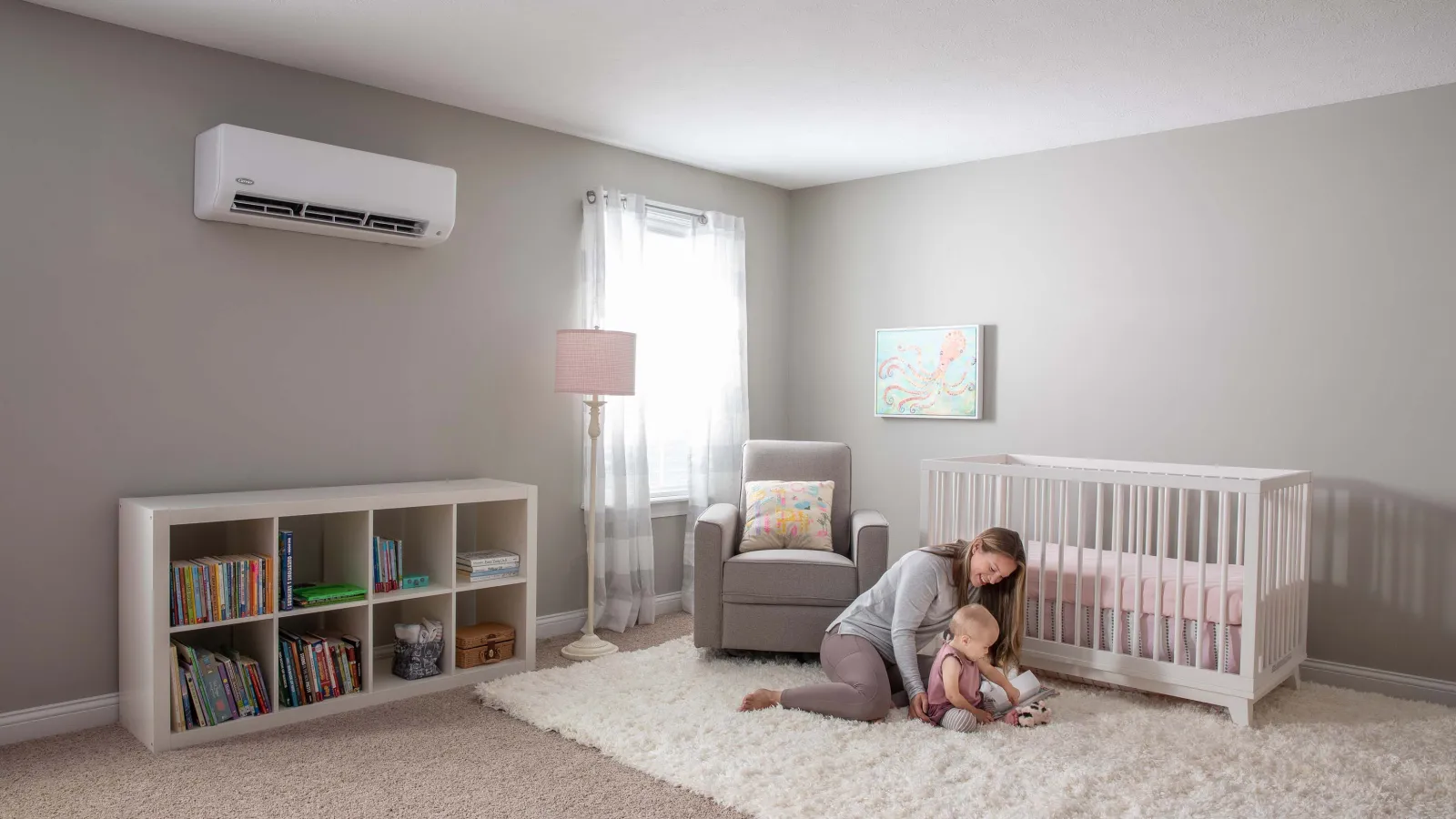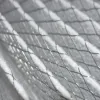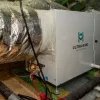When you go to the doctor, there are a few measurements the nurse always takes. One of those is your blood pressure – it’s a key indicator of cardiovascular health.
If your blood pressure is 120/80 or less, you’re in good shape. But start creeping into 140/90 territory, and you’ve got problems.
Static pressure in your air ducts works the same way. Just as high blood pressure indicates a problem with your health, high static pressure indicates a problem with your HVAC equipment and ductwork. Something is putting undue stress on your system, and it will work a whole lot better if you identify the problem and eliminate it.
Your heating and air equipment will last longer. You’ll be a whole lot more comfortable, too.
Static pressure is a drag, literally.
HVAC systems, regardless of size, are designed to move a certain amount of air. Ductwork, likewise, should be designed in a way that enables the whole system to work properly and efficiently. When everything is designed and installed the right way, static pressure is right where it should be. You might even call the system “healthy.”
Unfortunately, that’s not how things work in the real world.
Improper ductwork installation, poor system design, and filter choices all contribute to high static pressure. In many homes, a combination of these factors is at play. Until you solve the static pressure problem(s), your system will never work to its fullest potential, and it might fail sooner than you expect it to.
In the meantime, you might experience:
- Noisy systems: Restrictions on airflow make for noisy operation. The more static pressure, the louder your system. Do you hear an earth-shaking “whoosh” of air every time your system kicks on? That’s probably because of high static pressure.
- Improper airflow: Ever noticed hot spots, cold spots, or air that just hovers above a register? High static pressure is often the culprit. When static pressure is high, the system might move too much (or not enough) air per ton, resulting in uncomfortable conditions throughout your home.
- Equipment failure: If you’ve never replaced a blower motor or compressor, count yourself among the fortunate. These are expensive repairs, and you might be without heat or AC or heat for a while. Static pressure, as we’ll explore shortly, can lead to such failure.
- System failure: In serious cases, static pressure can drastically reduce the lifespan of your equipment. If a lot of components start failing, you could be looking at a situation where it costs less to replace everything than to fix the individual parts.
Are you experiencing any of these problems with the HVAC system in your Atlanta home? It might be time for a ductwork inspection and static pressure test, and PV Heating, Cooling & Plumbing can help!
To better understand the problem, imagine you’ve got a compact car. A Honda Civic, says. The Civic performs well on a flat, smooth road. Nothing’s holding it back.
Now increase the gradient a little. There’s some stress on the car’s motor, but it’s still chugging along ok. Increase the gradient a little more, and the car might start struggling. Now hitch a trailer to the back – a trailer with a horse in it. And keep increasing the gradient…
You get the idea. Eventually, the drag will be too much for the little car to handle. Something will break. You might even destroy the car.
Static pressure is a lot like that. The more it increases, the more it drags it adds to your system. The right amount of drag ensures that air moves around the way it should. Add too much drag, and you’re going to have problems.
What causes high static pressure – and what can you do about it?
Glad you asked! Here are some of the most common reasons your system might have high static pressure:
- Your 1″ pleated filter: Everyone’s got ’em, but standard 1″ pleated filter can create a significant restriction on airflow. They’re trying to filter a lot of air across a small area, and the thicker (or higher MERV value) the filter, the greater the restriction. That’s why we recommend using a media filter with a low-pressure drop. You get the filtration you need without the big static pressure increase. If you’re concerned about allergies, you can even add UV lights to your supply ducts or upgrade to a HEPA filter. All of these options are preferable to 1″ filters.
- Poor ductwork design and/or installation: Restrictions in your ductwork can contribute to high static pressure. Sagging flex ducts, excessive bends and dips, and other installation mishaps could be at fault here. The solution is to reinstall or replace the ductwork. When that isn’t possible, upgrading to a variable speed blower motor (instead of an “on/off” system) will give you better airflow in spite of your ductwork problems.
- Undersized return air: This kind of fits in with improper ductwork, but undersized return air presents unique issues. Your compressor is designed to pump high-pressure refrigerant but having too little return air can cause the system to send liquid back to the compressor when it isn’t supposed to. Over the long term, this shortens the life of your compressor. It can also cause the blower motor to fail – an expensive fix. The solution is to add a return or make an existing return duct larger.
Another possibility is that your filter is really dirty. If it’s been more than 90 days since you last changed it, switch it out to reduce static pressure.
A word about low static pressure
We just said a lot about high static pressure, but low static pressure can also be a problem. While very rare, low static pressure usually indicates one of two different things:
- Your installer oversized the trunk lines. We’ve seen this in some older homes. For whatever reason (didn’t have the right equipment in the truck?), whoever installed the trunk lines oversized them.
- You made lots of energy efficiency improvements. Maybe you tightened up your home envelope in an attempt to save energy. In extreme cases, your upgraded home might be incompatible with your old ducts. They were the right size before, but they’re not adequate now.
Either way, you probably have a hard time staying comfortable. The airflow isn’t strong enough. You’ll be hot on one side of the room and cold on the other side.
The solution is usually to redesign and reinstall your ducts.
Monitoring static pressure
Static pressure isn’t the kind of thing you can easily test without special equipment, a willingness to drill into your ducts, and some experience. That’s one reason people hire companies like us!
Static pressure is one of the things we monitor as part of our service agreements. We’ll take new readings and compare them with old ones the same way a nurse does with your blood pressure. It’s a really useful measurement because it helps us troubleshoot problems:
- High static pressure? We can check whether you’re using a restrictive filter or if your return duct is undersized.
- Low static pressure? Maybe your ducts are too big. We can check on that. Low static pressure is rare, but not unheard of.
And so on. The sooner you check up on your static pressure, the sooner you can address problems before they lead to equipment failure.
In HVAC, the simplest changes can have a big impact. An easy fix like changing the type of filter you use to reduce static pressure can save you thousands on the replacement system you don’t have to buy.
Sound crazy? It happens all the time. Static pressure is serious stuff.






